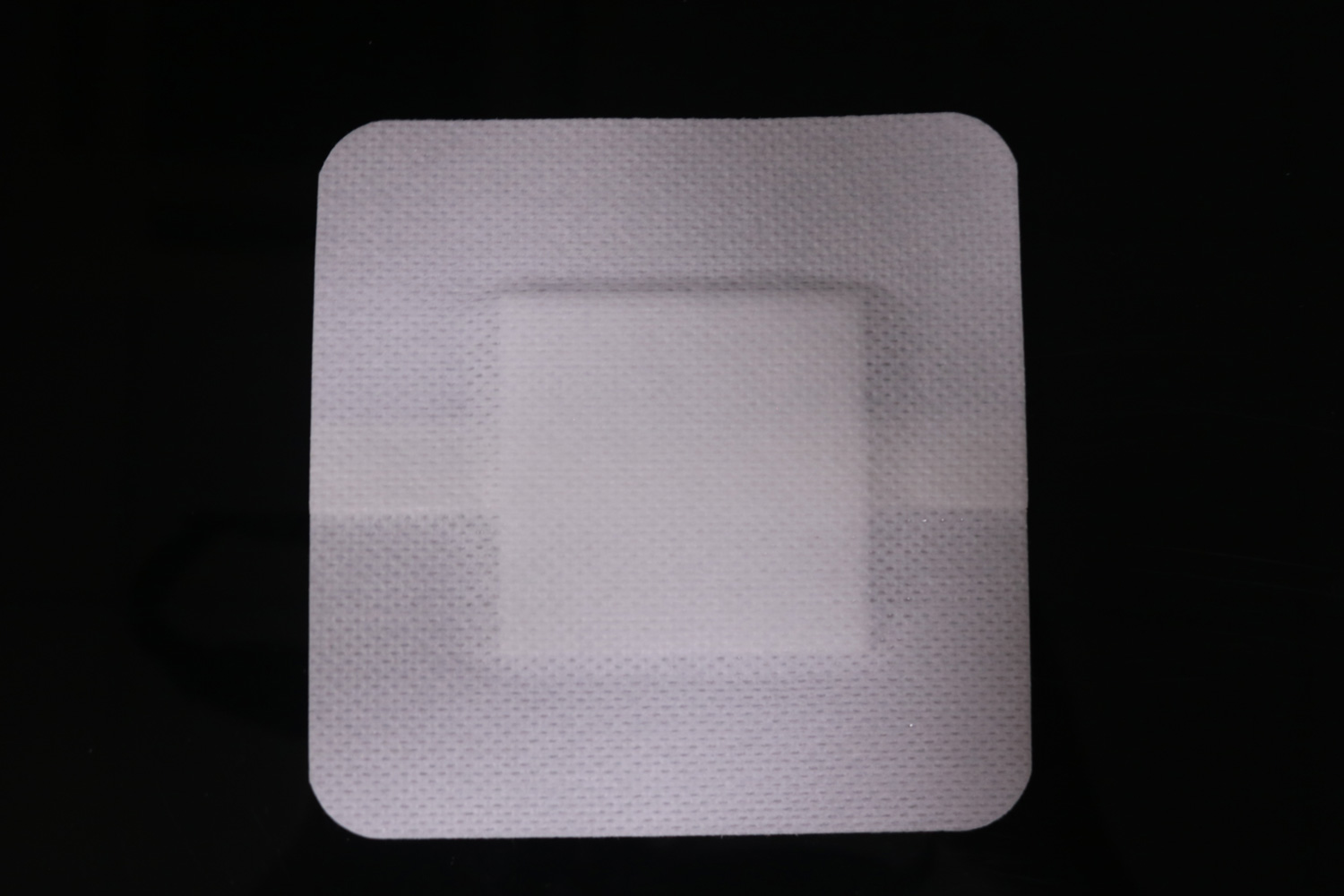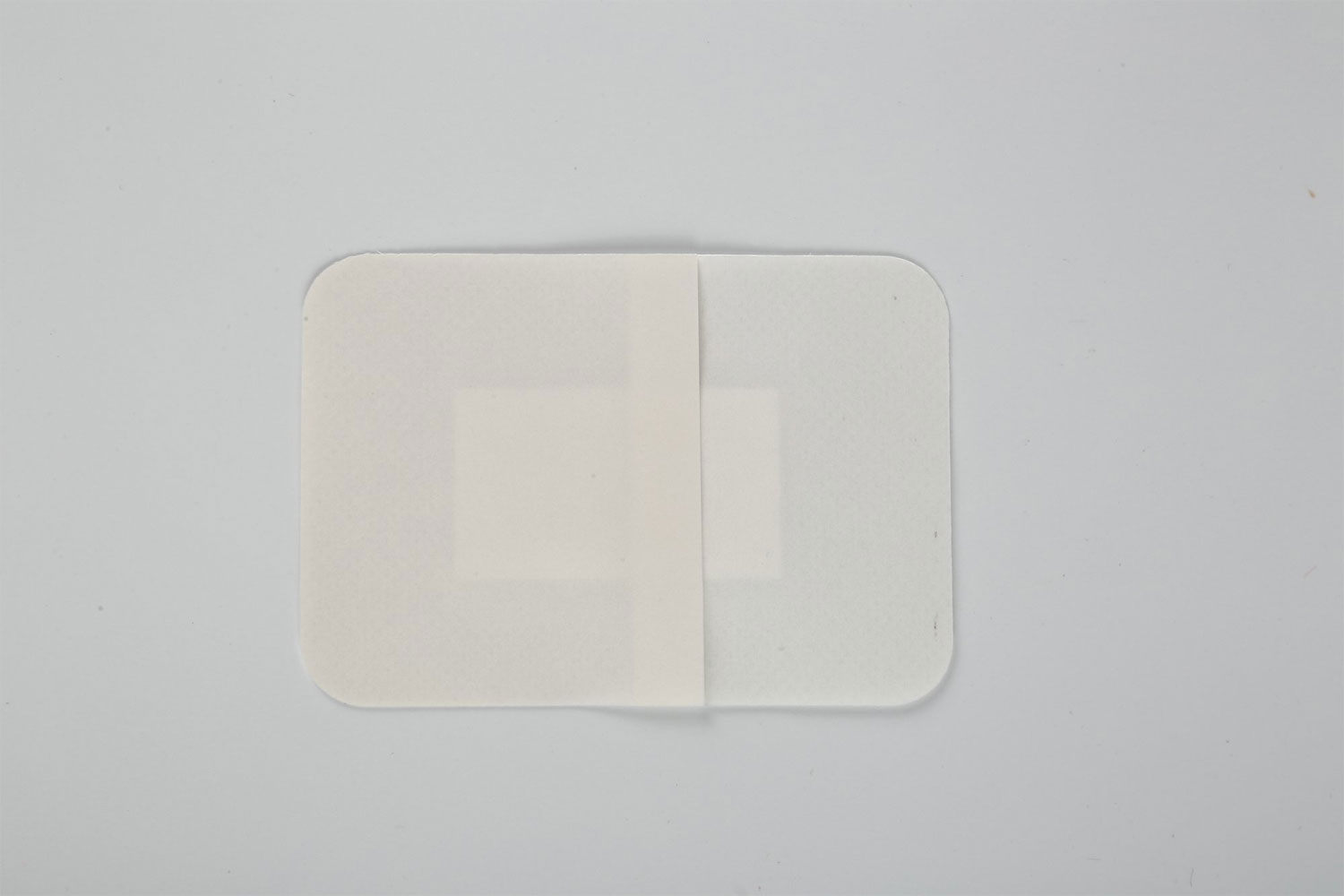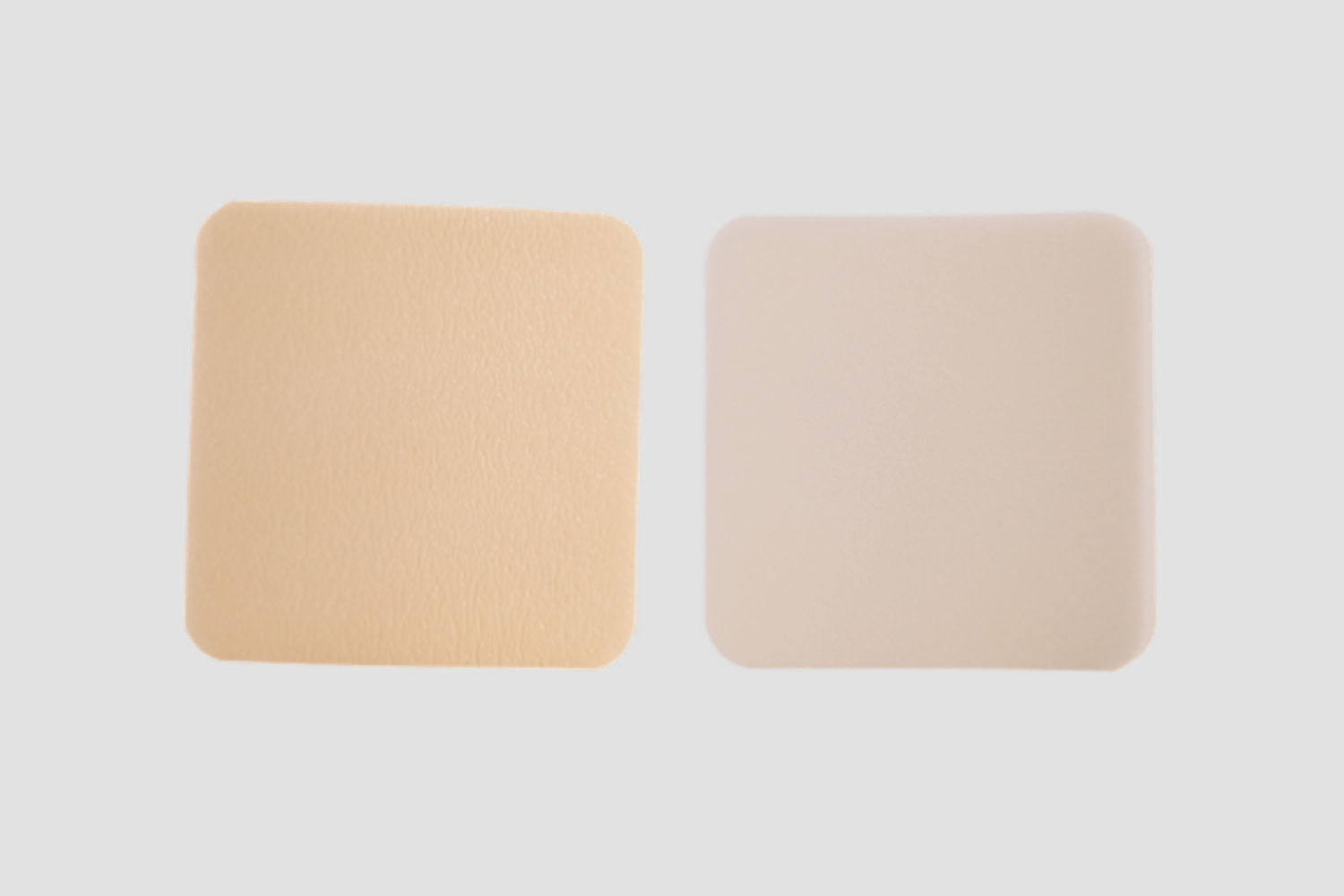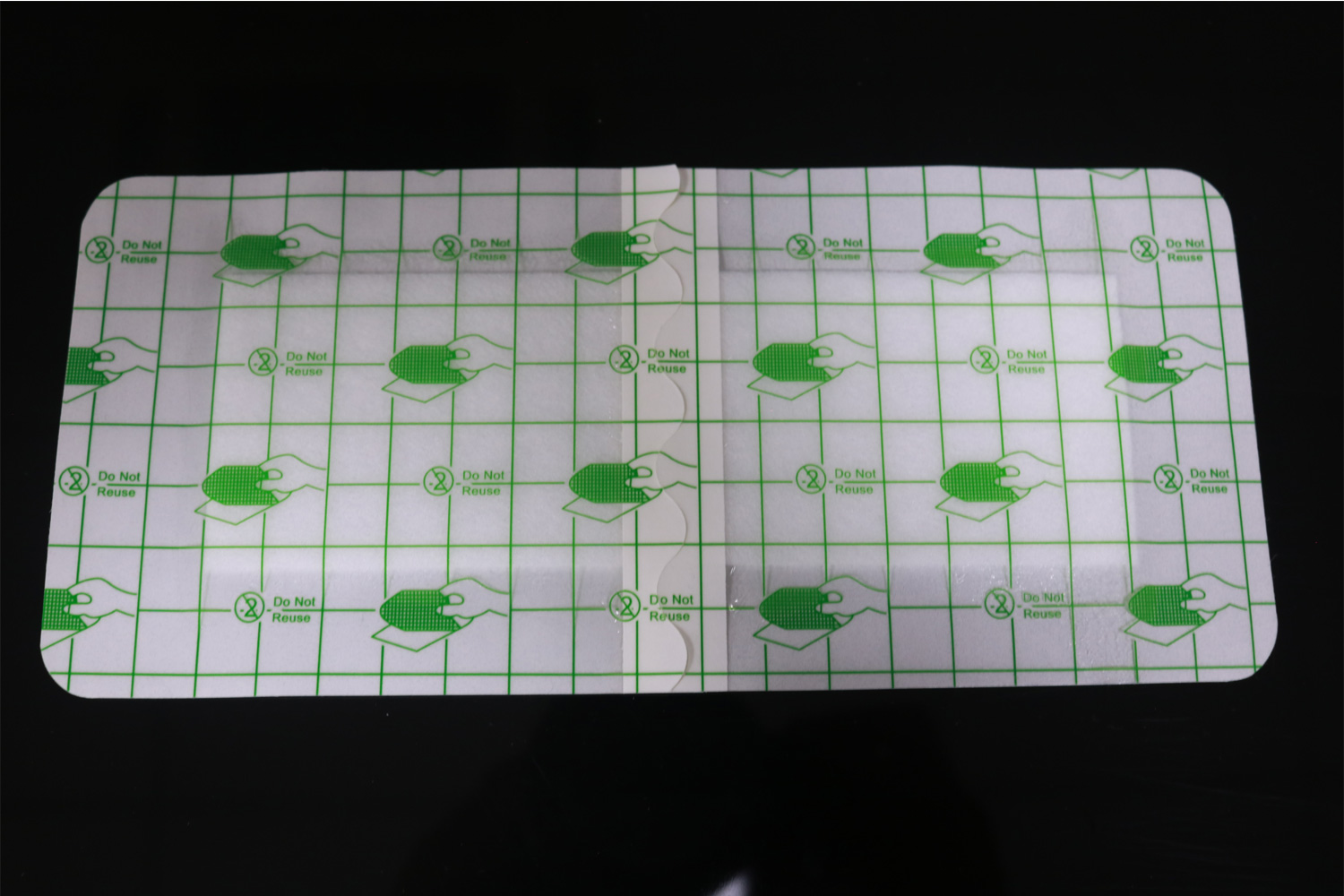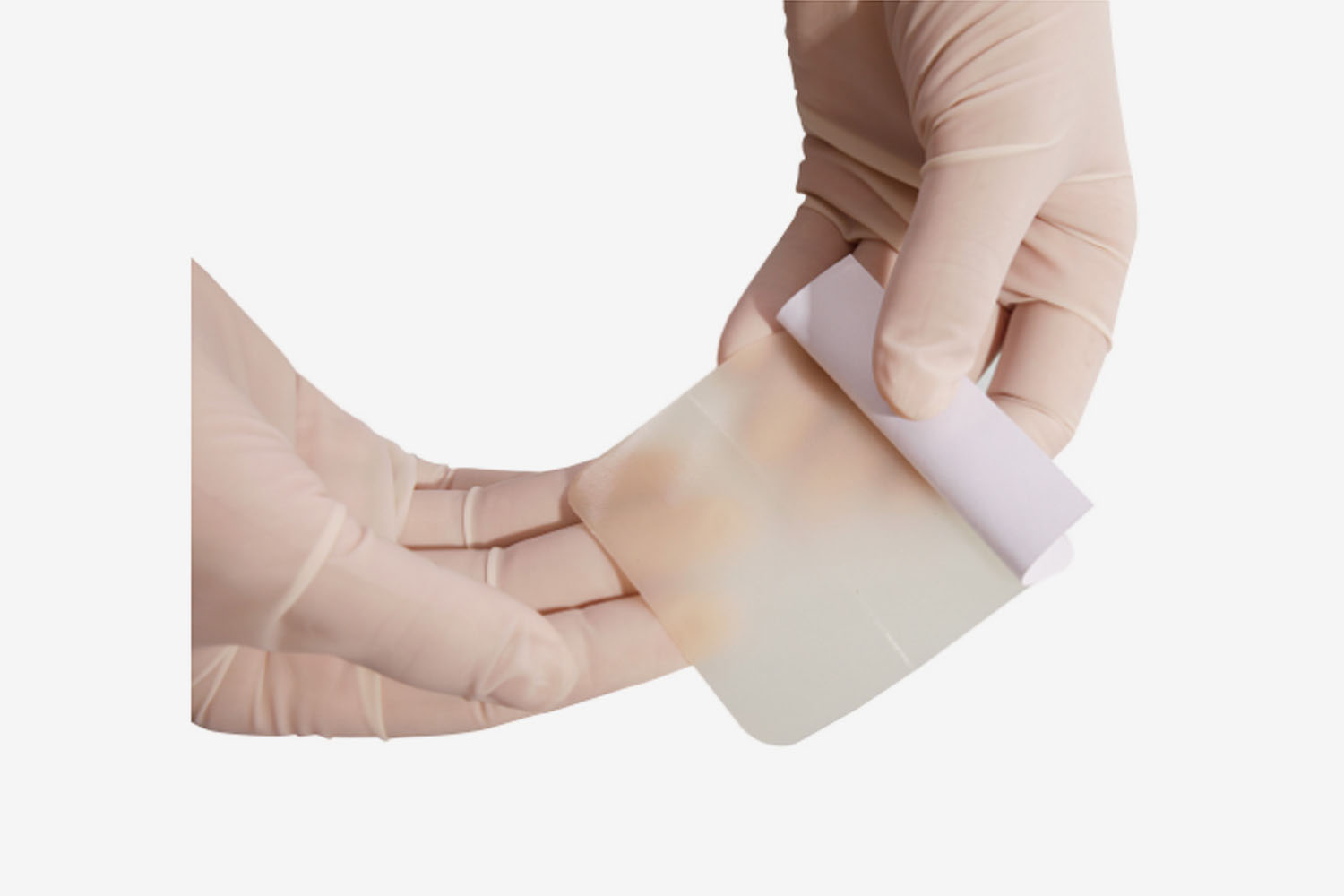Instructions for Home Wound Dressing
Here’s a step-by-step guide for dressing a wound at home:
What You’ll Need
- Clean gloves
- Sterile gauze pads or a clean cloth
- Antiseptic solution (like hydrogen peroxide or iodine, or use a mild saline solution)
- Non-stick bandage or adhesive dressing (such as a band-aid or sterile dressing)
- Medical tape or bandage securing material
- Scissors (if necessary to cut gauze or bandages)
- Clean towel or paper towel
- A clean container to dispose of used materials
Instructions:
1. Wash Your Hands
Before touching the wound or any medical supplies, wash your hands thoroughly with soap and water to prevent infection.
2. Gather Supplies
Make sure you have everything you need close by so that you don’t have to leave the wound exposed for a long time.
3. Put on Gloves
Put on clean gloves to protect yourself from any bacteria or germs.
4. Clean the Wound
- Gently clean the wound by washing around it with a saline solution or antiseptic solution.
- Avoid using strong solutions like hydrogen peroxide directly on the wound unless advised by a healthcare professional, as it can damage tissue.
- Use sterile gauze or a clean cloth to dab the wound gently. Avoid scrubbing.
5. Inspect the Wound
- Check for any debris (dirt, glass, or other foreign objects). If there is something embedded in the wound, seek medical attention.
- Make sure there is no excessive bleeding. If bleeding is heavy or doesn't stop after a few minutes, seek medical attention.
6. Apply a Dressing
- Place a sterile gauze pad or non-stick dressing over the wound.
- The dressing should cover the wound completely to help absorb any exudate and to protect the area from dirt and bacteria.
7. Secure the Dressing
- Use medical tape, adhesive strips, or a bandage to hold the dressing in place.
- Ensure that it is not too tight, as that could cause discomfort or restrict blood flow.
8. Dispose of Waste Properly
Dispose of gloves, used gauze, and other waste in a proper medical waste disposal container, or wrap it securely in a plastic bag if one is not available.
9. Wash Your Hands Again
After finishing, remove gloves and wash your hands thoroughly to prevent infection.
10. Monitor the Wound
Keep an eye on the wound for any signs of infection, such as increased redness, swelling, warmth, or pus. If you notice any of these, or if the wound is not healing after a few days, seek medical attention.
Additional Tips
Changing the Dressing You should change the dressing every 24–48 hours or as needed if it gets wet, soiled, or loose.
- Pain Management: If there is pain, consider over-the-counter pain relievers like acetaminophen or ibuprofen (be sure to follow dosage instructions).
- Moisture Control: For certain types of wounds, you may be advised to keep the area moist with a special ointment to promote faster healing. Always follow the instructions from your healthcare provider.
If the wound is large, deep, or caused by a bite, burn, or severe trauma, or if you’re unsure about the severity, it’s important to seek medical help immediately.



